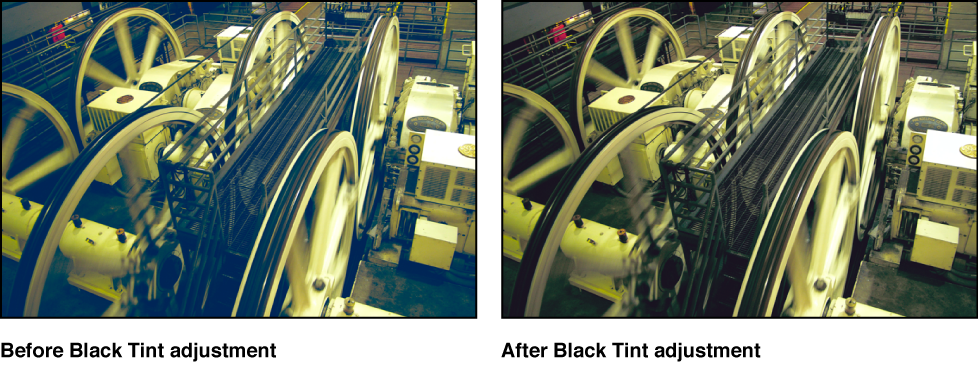
The objective of the project was to detect the color cast in an image and correct it using a suitable algorithm. External factors include lighting condition prevalent at the time of capture, object properties etc. Internal factors include white-balance, color correction algorithm etc. Further, using computer vision and image processing to correct the image and make it more appealing and natural OverviewĬolor Cast is an unwanted tint in the captured image due to external and internal factors in camera. Use of openCV to detect cast (unwanted tints) in captured images. I chose a film scan with a definite blue color cast.Detection and correction of color cast in captured images Go ahead and open a photo that has a definite color cast. Either which way, there is no automatic solution for color issues in these situation.

Other times you are working on a scan of a film shot and you have to compete with the color rendition of that particular film stock. However you don’t always have a gray card with you and sometimes photo opportunities pop up in the worst of lighting conditions. Ninety percent of you color issues are easily solved in this manner. Snap one of the cards in a few frames and you can set the white balance to the gray of the cards and copy the white balance settings to all the other images in the set. If you were planning ahead before a photo session, you should remember to grab a gray card or color-checker to shoot any time you have a change in lighting. This should be obvious, as the white balance directly affects the overall color of the photo and is often the root cause of color casts. The most versatile tools for fixing color issues in Lightroom are the White Balance settings. Unlike Photoshop, there is a limited amount of tools available to you in Lightroom to solve color issues, but limited does not mean incapable. So let’s take a look at color corrections in Lightroom. It is a case of choosing the right tool for the job. But with RAW files and high quality TIFF files Lightroom should be adequate to rectify most color casts. When you need to fix a Jpeg, save yourself the headaches and just head over to Photoshop. If you drop a bunch of Jpegs off your point and shoot, Lightroom will be of limited value when it comes to correcting color issues. To get the best results in Lightroom you should be working with camera RAW files or high-bit depth TIFF files. Next time I will look at a few of the multitude of options made available to you in Photoshop, where you should be able to fix most any image that you couldn’t quite manage with Lightroom.īefore we move further, we need to consider the quality of the images we are about to correct.

Lightroom can do an acceptable job at this for most images. This time I am going to focus on Lightroom, which handles most color issues great, but has a rather limited toolset that falls apart when you encounter more complex color issues. That’s when you need to dig a bit deeper to perfect you image.īetween this and my next article, I am going to touch on some basics of color correction. Regardless of how the image was captured, digitally or on film, you can easily run into issues with your lighting, leading to some major color issues.Įven when utilizing RAW, you will occasionally run into color casts that are not easily resolved with a simple click of Lightroom’s White Balance Selector. Color casting is, quite possibly, one of the most frustrating issues you can have with an image.


 0 kommentar(er)
0 kommentar(er)
